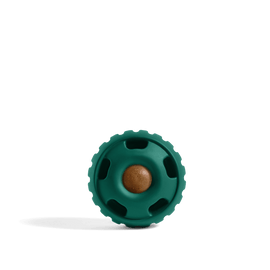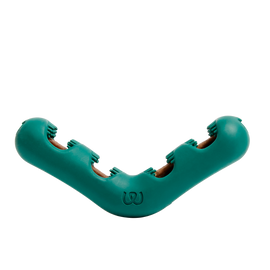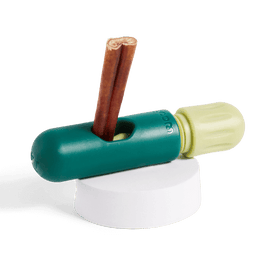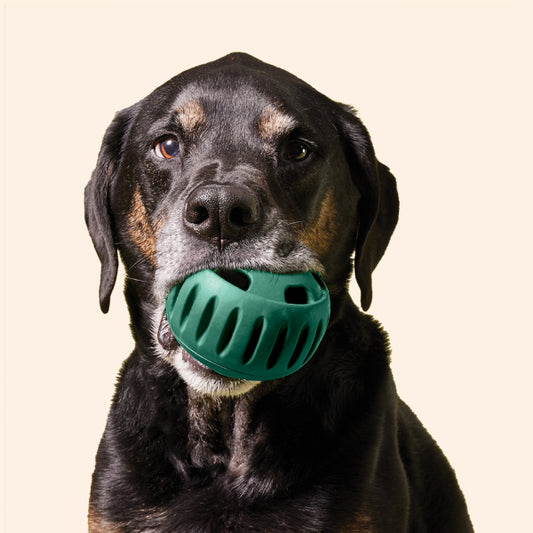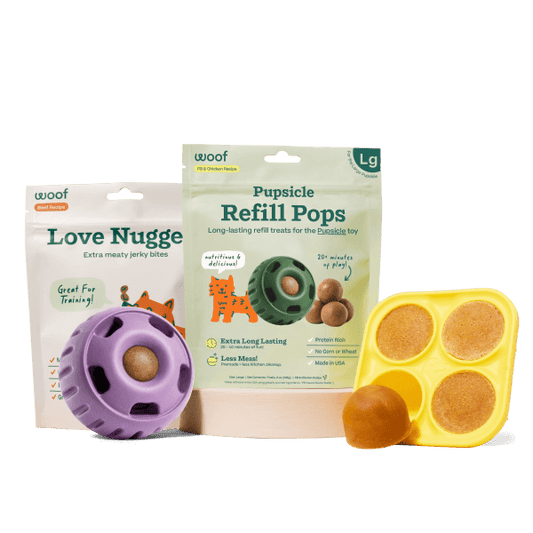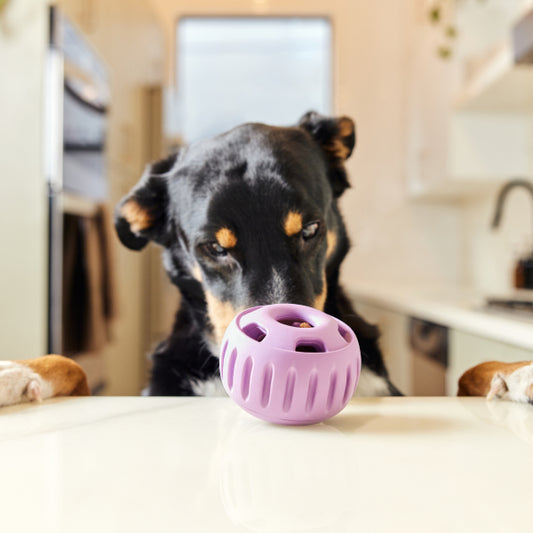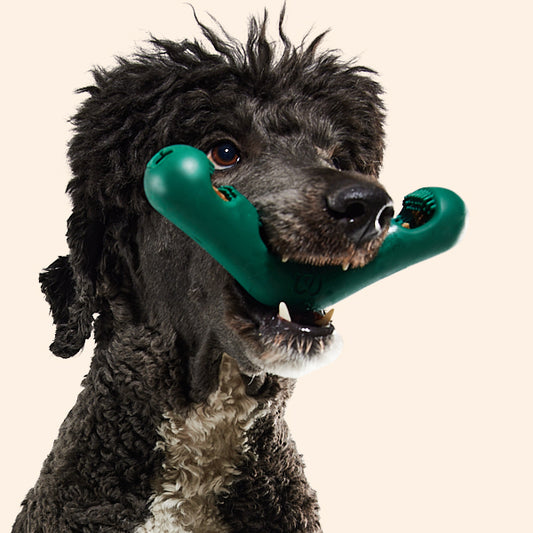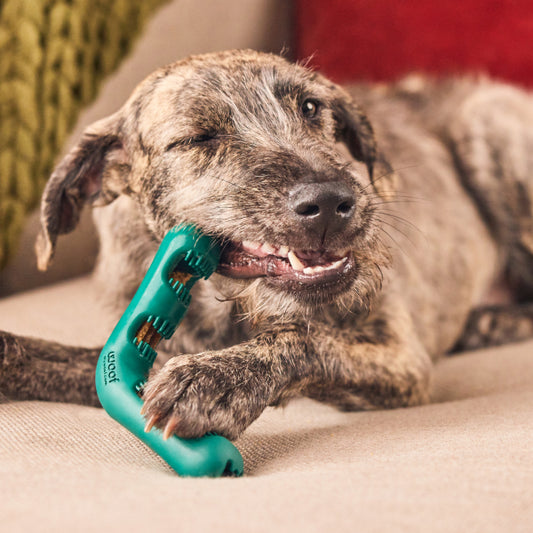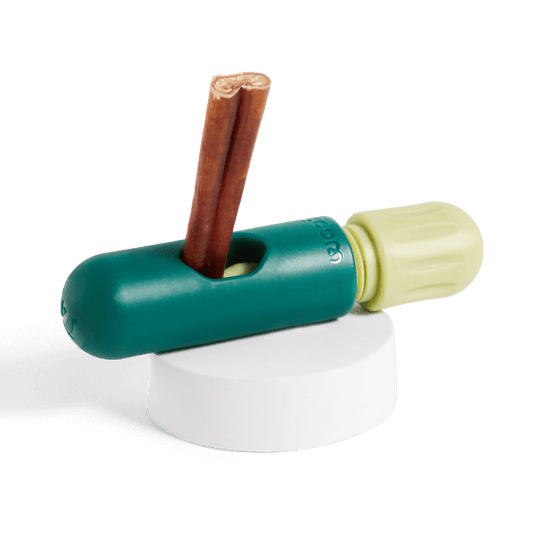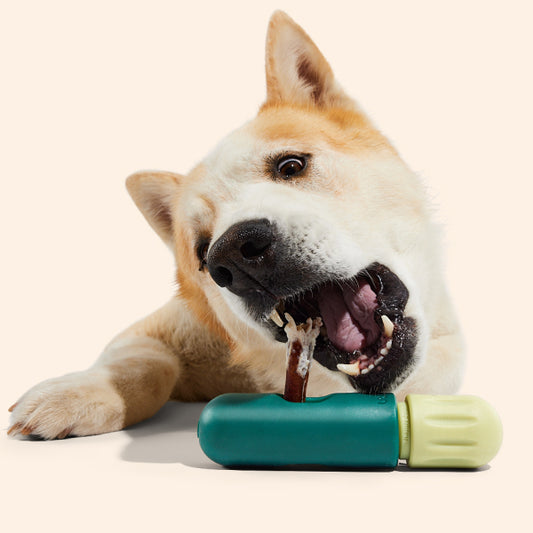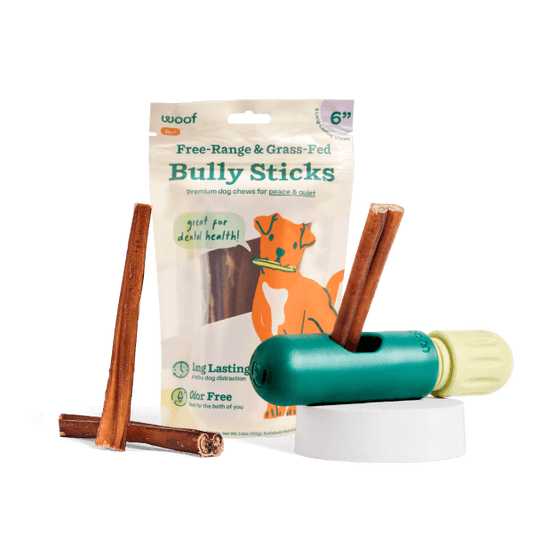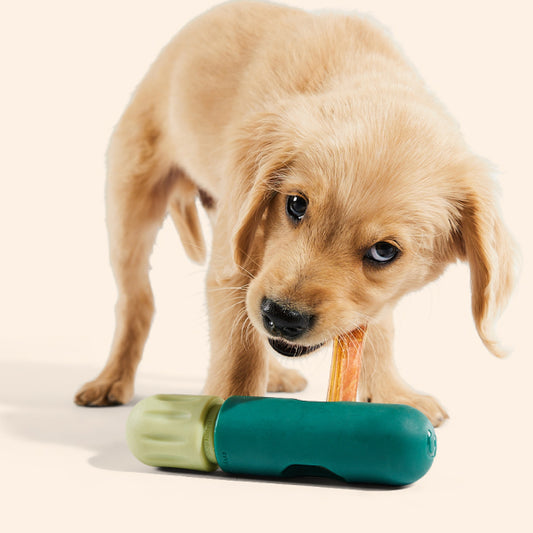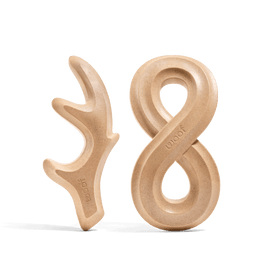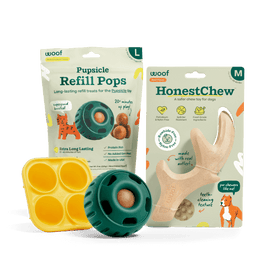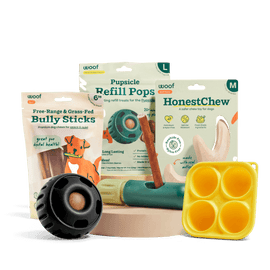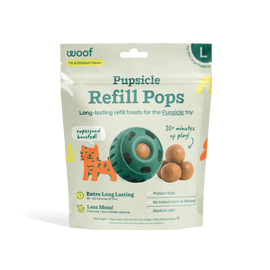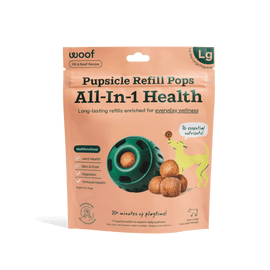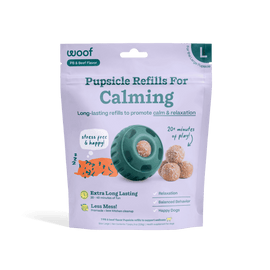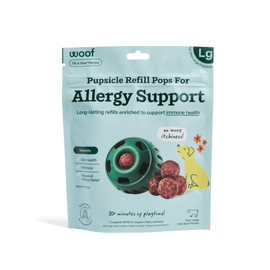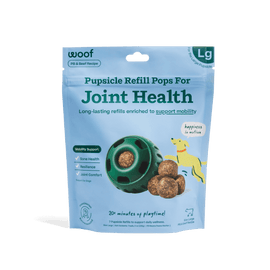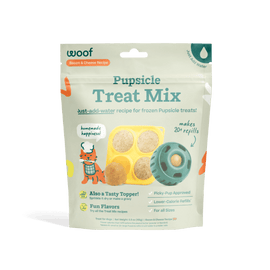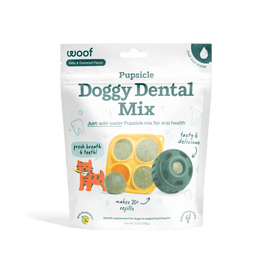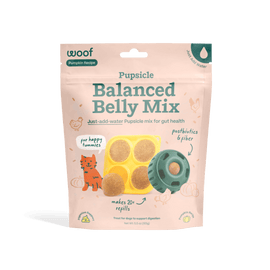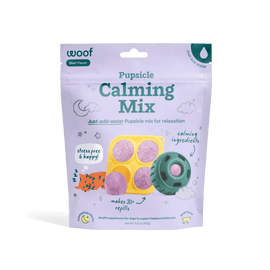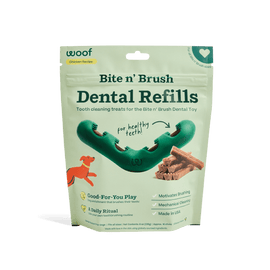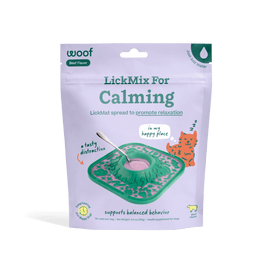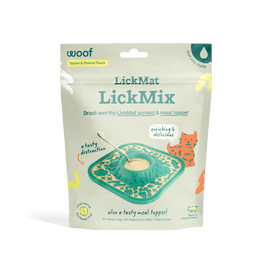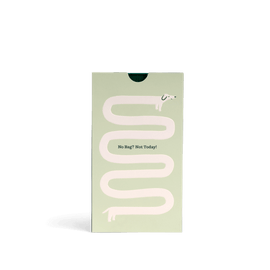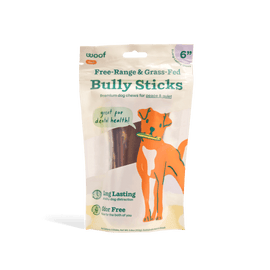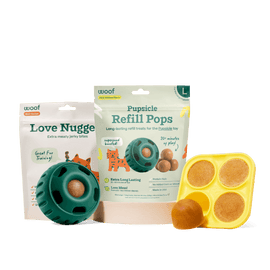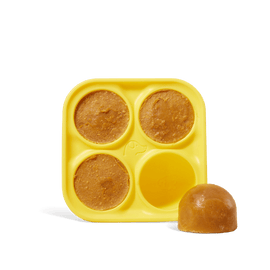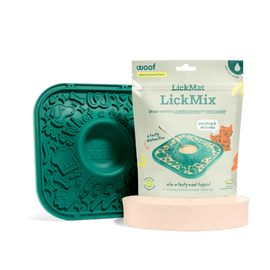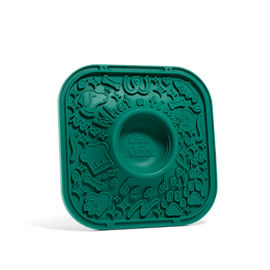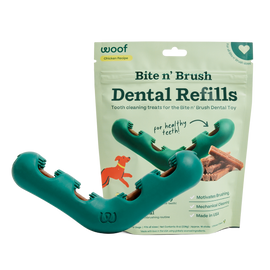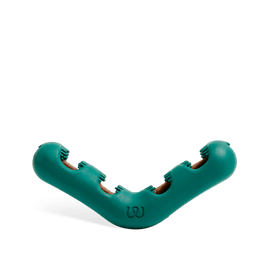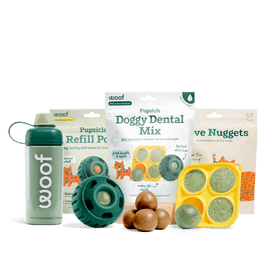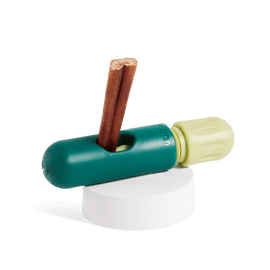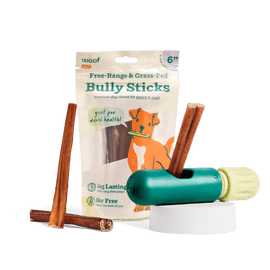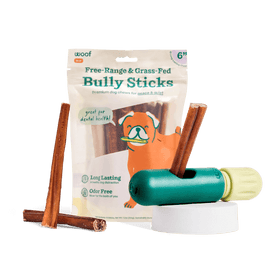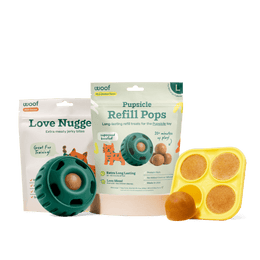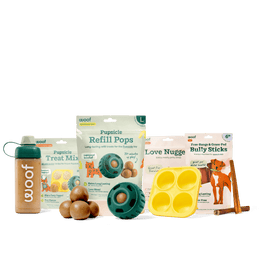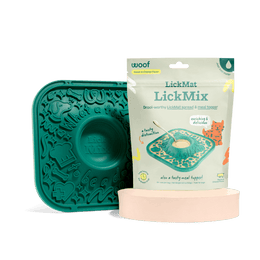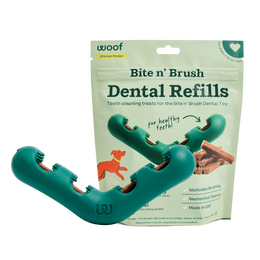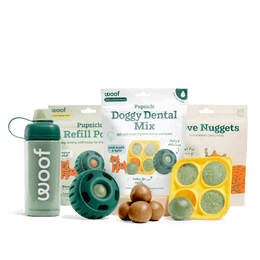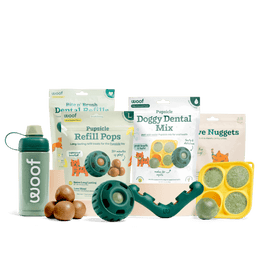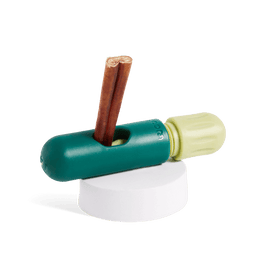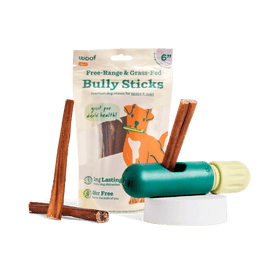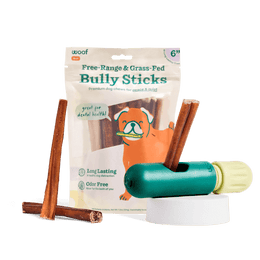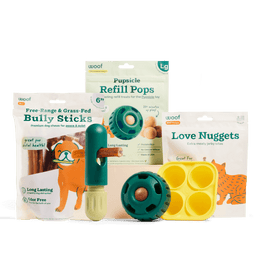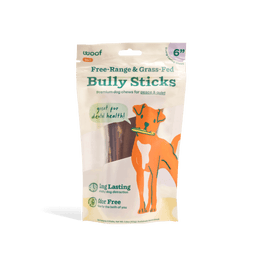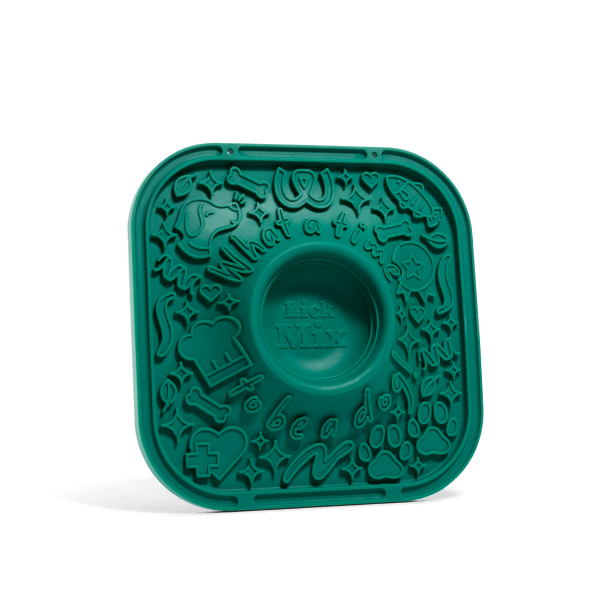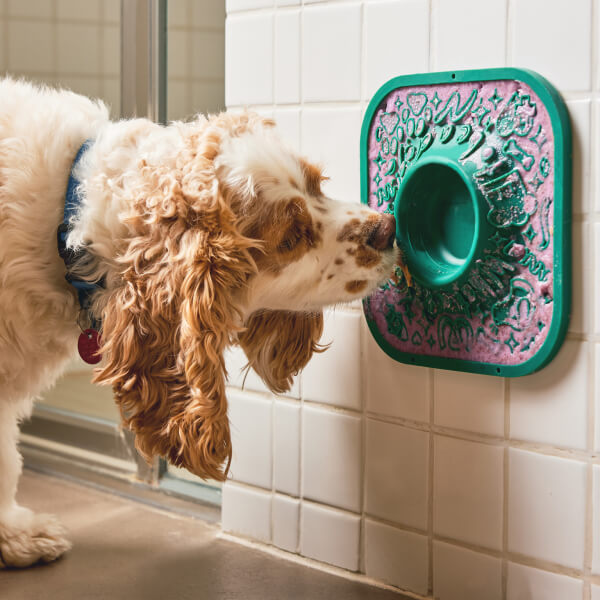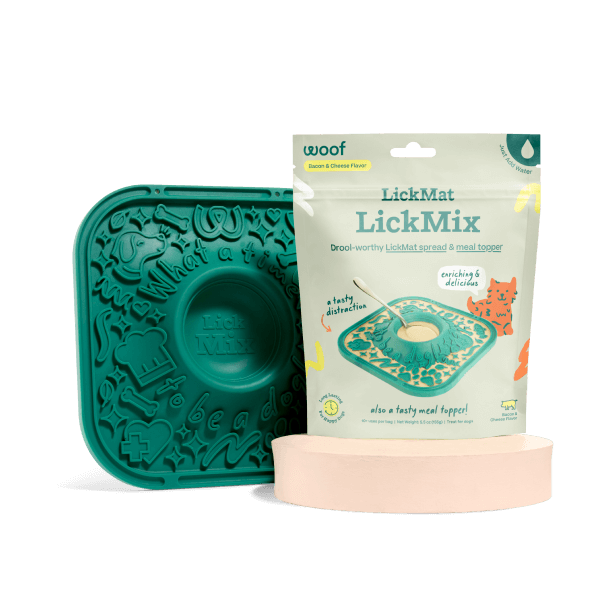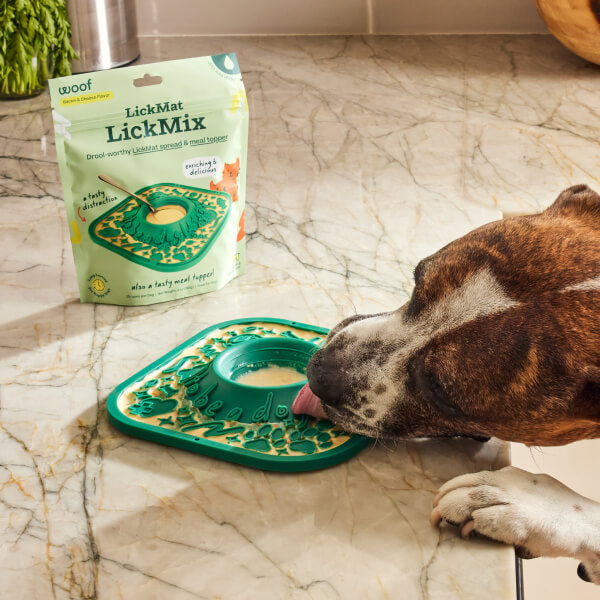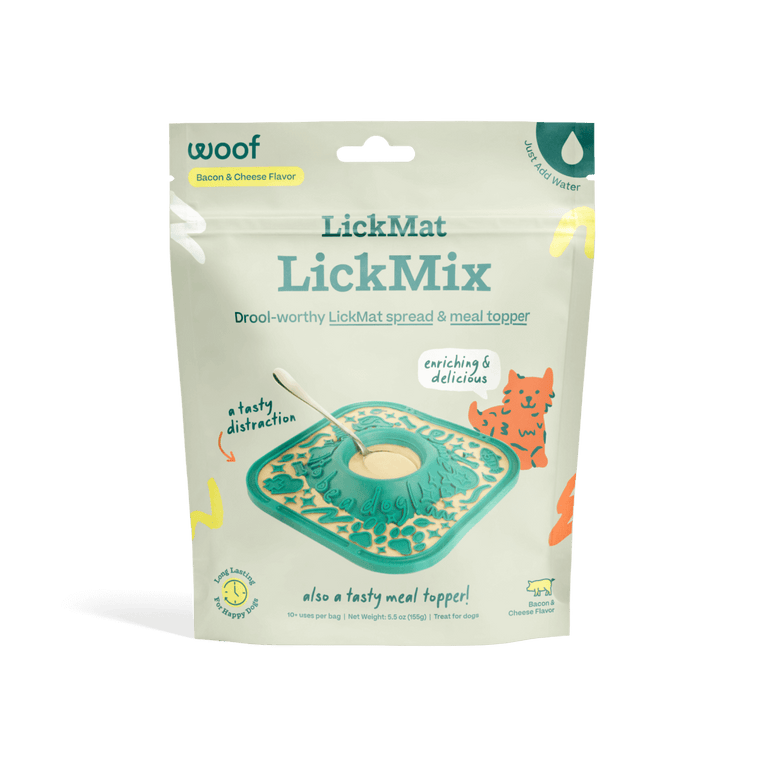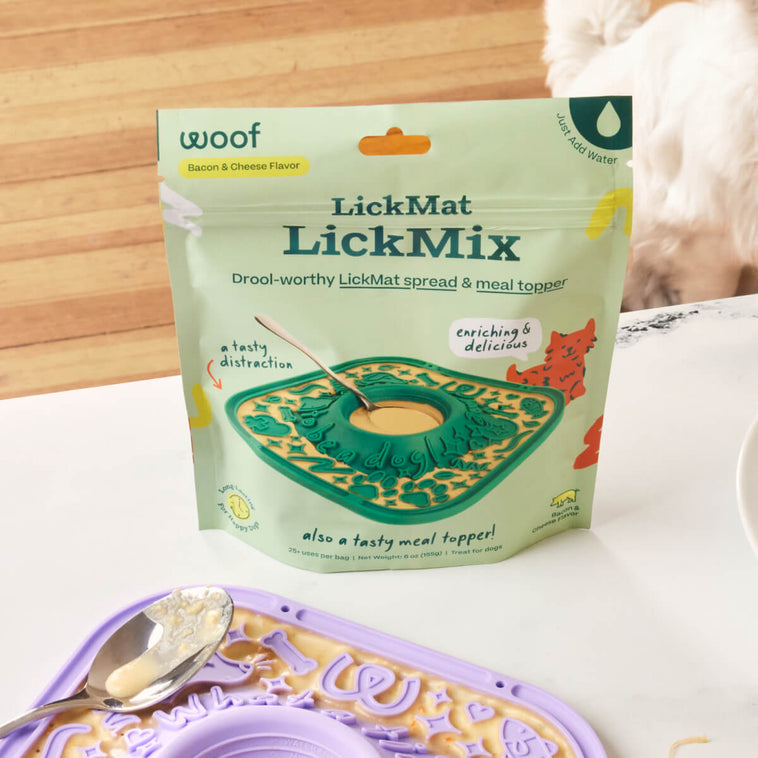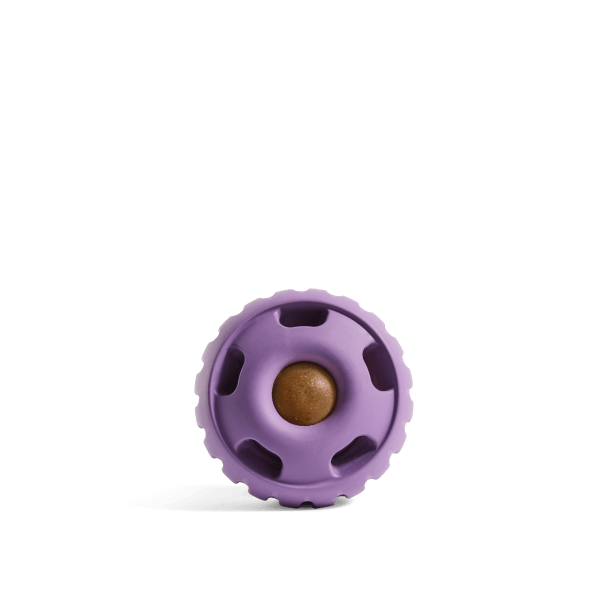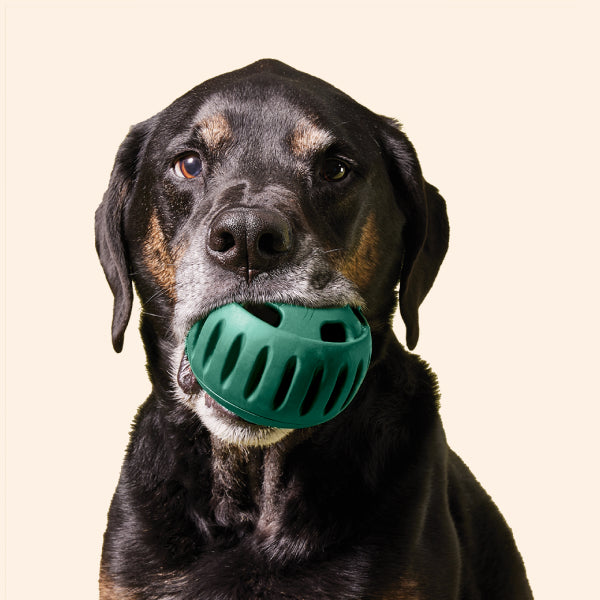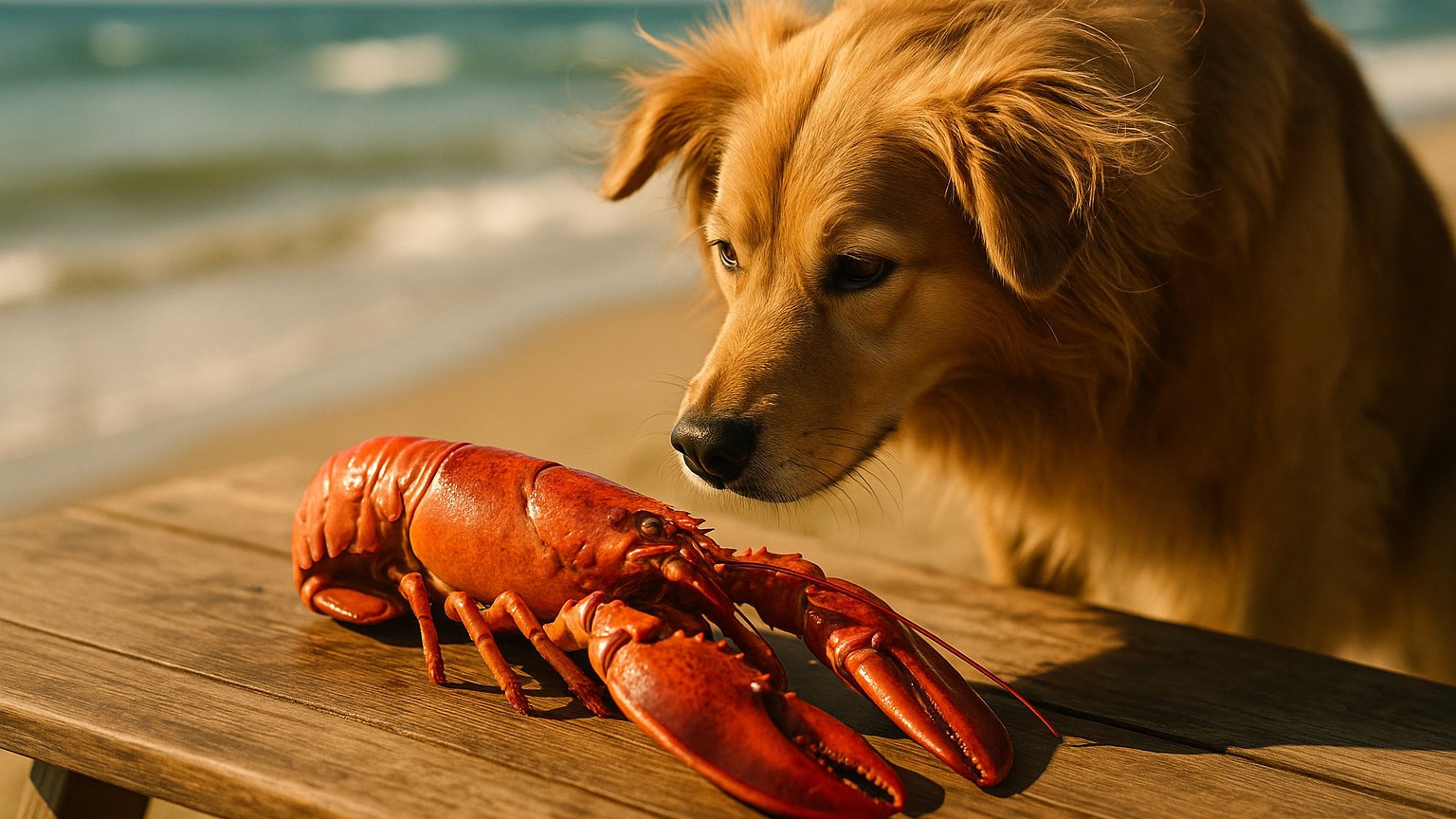
I
f you've ever enjoyed a lobster dinner and noticed your dog's eager gaze, you might have wondered: Can dogs eat lobster? The answer is yes—but with important precautions. While lobster can be a tasty and nutritious treat for your pup, it's essential to understand how to serve it safely and recognize potential risks.Let's dive into the details to ensure your dog's health and safety when considering this seafood delight.
🐾 Nutritional Benefits of Lobster for Dogs
Lobster is more than just a luxury meal for humans; it offers several health benefits for dogs when prepared correctly:
- High-Quality Protein: Lobster is an excellent source of lean protein, which supports muscle growth and repair.
- Omega-3 Fatty Acids: These essential fats promote a healthy coat, reduce inflammation, and support heart health.
- Vitamins and Minerals: Lobster contains zinc, selenium, and vitamin B12, which contribute to a strong immune system and overall well-being.
- Low in Fat: Compared to other meats, lobster is naturally low in fat, making it a lighter option for dogs.
⚠️ Potential Risks of Feeding Lobster to Dogs
While lobster can be beneficial, there are several risks to consider:
- Allergic Reactions: Some dogs may develop allergies to shellfish, leading to symptoms like itching, swelling, or gastrointestinal upset.
- Choking Hazard: Lobster shells are hard and can cause choking or internal injuries if ingested.
- High Sodium and Cholesterol: Lobster meat is relatively high in sodium and cholesterol, which can contribute to digestive upset or pancreatitis if consumed in large amounts.
- Mercury Content: Like many seafoods, lobster may contain trace amounts of mercury, which can be harmful over time.
🍽️ How to Safely Serve Lobster to Your Dog
If you decide to share lobster with your dog, follow these guidelines to ensure it's safe:
- Cook Thoroughly: Always cook lobster meat thoroughly to kill any harmful bacteria or parasites.
- Remove the Shell: Never feed your dog lobster shells, as they can cause choking or internal injuries.
- Serve Plain: Avoid adding butter, garlic, or other seasonings that can be toxic to dogs.
- Portion Control: Offer lobster in small amounts as an occasional treat, not a regular part of their diet.
For best results, serve the lobster meat plain or mix a small amount into your dog’s regular food to add a boost of flavor and nutrients. Always double-check for any tiny shell fragments — even small pieces can pose a risk.
🐕 Is Lobster Suitable for All Dogs?
Lobster can be a suitable treat for many dogs, but it's not appropriate for everyone. Dogs with certain health conditions, such as pancreatitis, kidney disease, or those on a low-sodium diet, should avoid lobster. Always consult your veterinarian before introducing new foods into your dog's diet.
🦴 Alternatives to Lobster for Dogs
If you're looking for safe and healthy alternatives to lobster, consider these options:
- The LickMat: A fun way to serve treats and slow down eating.
- LickMat Starter Pack: Everything you need to get started with LickMat.
- Bacon & Cheese LickMix: A tasty treat mix for your dog.
- The Pupsicle: A frozen treat to keep your dog cool.
- Doggy Broth: A flavorful addition to your dog's meals.
These products are designed to provide delicious and safe alternatives to seafood treats.
❤️ Final Thoughts
So, can dogs eat lobster? Yes, but with caution. By understanding the benefits, risks, and proper preparation methods, you can safely share this seafood treat with your canine companion. Remember, moderation is key, and always consult with your veterinarian before introducing new foods into your dog's diet.
🐾 Whether it’s lobster or any special treat, your dog’s health always comes first. A small, safe taste is fine — but their everyday balanced diet should remain the main course.

